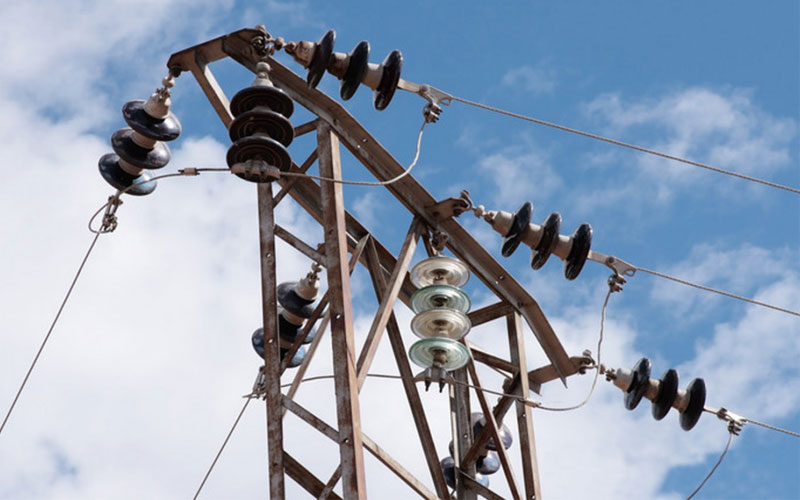In the early days, insulators were mainly used for utility poles. With the development and needs of society, they were gradually applied to high-voltage wire connection towers, mainly to increase the creepage distance (the creepage distance refers to the distance between two conductive parts, or between a conductive part and The shortest space distance measured along the surface of the insulating material between the equipment and the easy-to-contact surface. In order to prevent dust and other contamination from adhering to the surface of the insulator, the formation of a path is broken down by the voltage across the insulator, that is, creepage. According to the degree of pollution, heavy pollution areas generally The creepage distance is 31 mm/kV.), usually made of glass or ceramic.

Insulators have two most basic functions in overhead transmission lines: supporting wires and preventing current from returning to the ground. In order to ensure these two basic functions, insulators should not fail due to various electromechanical stresses caused by changes in environmental and electrical load conditions. , otherwise it will damage the service and operating life of the entire line.
According to different standards, insulators have different classifications, as follows:
1. According to whether there is breakdown, insulators are usually divided into breakdown type and non-breakdown type.
2. According to the structure, it can be divided into column (pillar) insulators, suspension insulators, anti-fouling insulators and bushing insulators.
3. According to the application, it can be divided into line insulators, power station and electrical insulators. Among them, the punctureable insulators used for lines include pin, butterfly, and disc suspension, and the non-breakdown types include cross arm and rod suspension. The punctureable insulators used in power stations and electrical appliances include pin-type struts, hollow struts and sleeves, and the non-breakdown-type insulators include rod-shaped struts and container porcelain sleeves.
4. Insulators used in overhead lines are commonly used in needle insulators, butterfly insulators, suspension insulators, porcelain cross arms, rod insulators and tension insulators.
The insulators commonly used in the industry mainly include: ceramic insulators, glass fiber reinforced plastic insulators, synthetic insulators, and semiconductor insulators.





